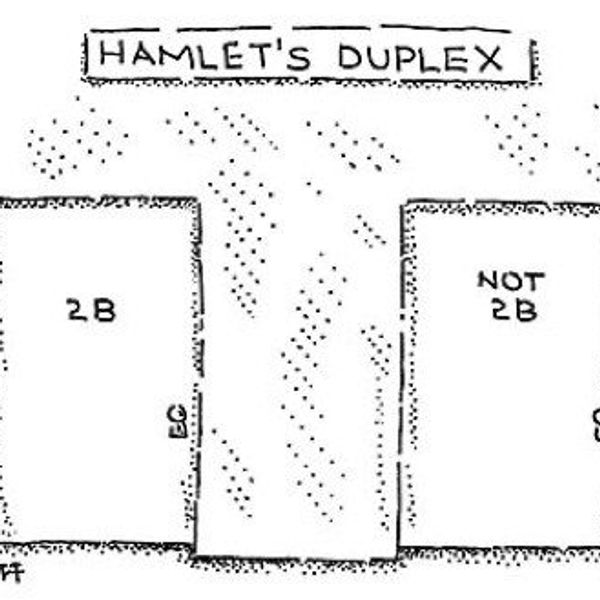You're being watched. Remember that time you googled "cheap couches," or liked IKEA on Facebook? IKEA knows that, and they have the power to shape your internet experience to pull you in. Monday, January 22, in the New York headquarters, OgilvyOne, a marketing agency with deep roots going as far as 1948, broke down the power of CRM.
As a kickoff to Social Media Week: New York, I attended the "Social That Sells" panel at the historic Ogilvy headquarters in Manhattan, where some of the biggest names in the advertising game spoke about the digitalization of the communications field with a series of speakers.
The first panel moderated by Yves Baudechon featured Benjamin Snyers and Paolo Sintobin from Social Lab (otherwise known as Ogilvy's analytics team), Anne- Clotilde Picot, the Marketing Manager at IKEA Belgium, Marcus Hearne, Head of Marketing for IBM Watson Analytics, and Marco Roncaglio, Sr. Director of Marketing & CRM for Philips Global's Personal Care team, focused on the concept of CRM, or:
"A term that refers to practices, strategies and technologies that companies use to manage and analyze customer interactions and data throughout the customer lifecycle, with the goal of improving business relationships with customers, assisting in customer retention and driving sales growth."
CRM infiltrates our lives.
The opening to the panel focused on answering the question: "How can Advertisers use CRM to promote the progression of their brands?"
By utilizing "Social CRM," companies like IKEA can see what your consumer preferences are via Facebook, Twitter, Instagram--and any other form of social media you use.
Thus, social CRM in a nutshell focuses on deepening engagement, cultivation, prioritization, conversion and identification.
With advertisements such as this one featuring Mark Bustos, a New York stationed barber who gives haircuts to homeless people, companies like Philips can fulfill all of the aspects of CRM to deepen their connection with their customers.
Let's start with Deepening Engagement. Traditionally, an advertisement for Philips would feature a few images of the product, maybe instructions on how it's used--or case studies on its benefits. Instead of going the traditional route, Philips chose to deepen their engagement with their customers by utilizing social media to provide them with content that goes beyond endorsement. The opening scene is a man smiling with great gratitude for his new hair cut. Then Mark Bustos is depicted navigating New York City, looking for his next "client," and revealing his past--cut to scenes of Bustos at work and end with the smiles of his clients and a small Philips endorsement.
By tying a true and inspirational story of a young millennial hero to their product, Philips is able to deepen its engagement with its clients.
Moving clockwise, the circle of CRM continues. Now that the "advertisement" has been created, it can be posted on social media. By researching who views, likes and comments on the video, Philips can now begin a conversation with the viewer to cultivate participation.
Once the customers begin to participate more in response to their original post, companies can prioritize certain customers over others due to their participation. If mostly 20-year-old men participate in the social media conversation, then Philips can cater more of their advertising to that group.
After they know who they're targeting, brands can convert those participants from their social media platforms to customers using all of the previous assets.
Coming full circle, with all of the information collected from CRM, companies can identify their clientele and deepen their engagement with them.
So there you have it. Basically CRM is the tool that allows people like Beyonce to fall off the face of the Earth and come back with an entire album of hits with music videos, without any public knowledge.























